Transform Your Veggies: A Step-by-Step Guide to Perfectly Breading and Frying
Breading vegetables before frying is a classic technique that transforms everyday produce into a crispy, flavorful treat. Whether making zucchini sticks, fried green tomatoes, or eggplant cutlets, breading provides a crunchy contrast to the tender vegetables inside.
This method is widespread across various cuisines, from Southern fried okra to Italian-style fried artichokes. The process typically involves three steps: coating the vegetable in flour, dipping it in a beaten egg, and finally covering it in breadcrumbs. Each layer serves a purpose—flour helps the egg stick, the egg helps the breadcrumbs adhere, and the breadcrumbs create that irresistible crunch when fried.
Breading adds texture and locks in moisture, ensuring the vegetables remain juicy and flavorful even after frying. To take your breaded vegetables to the next level, you can experiment with different types of breading, such as panko for an extra-crispy finish, or add seasonings like Parmesan cheese, herbs, or spices to the breadcrumb mixture. Whether served as an appetizer, side dish, or snack, breaded and fried vegetables are a delicious way to enjoy seasonal produce in a new and exciting way.
Why Bread Vegetables Before Frying?
Breading vegetables before frying serves several essential purposes that enhance both the texture and flavor of the dish:
- Crispiness and Texture: Breading creates a crispy, golden-brown exterior that contrasts beautifully with the tender vegetable. This crunch adds a satisfying texture that elevates the overall eating experience.
- Flavor Enhancement: The breading can be seasoned with herbs, spices, and other flavorings, allowing you to customize the taste. It creates a flavorful coating that complements the natural taste of the vegetables.
- Moisture Retention: Breading helps seal in moisture, preventing the vegetables from becoming dry during frying. This ensures they remain juicy and tender inside, even after exposure to high heat.
- Protects the Vegetable: The breading acts as a barrier that shields the vegetable from the direct heat of the oil. This protection helps prevent the vegetable from overcooking or becoming too soft and maintains its structure.
- Versatility: Breading opens up various possibilities, allowing for creativity in the kitchen. Different types of breading—such as panko, cornmeal, or crushed nuts—can achieve various textures and flavors.
Breading vegetables before frying is a simple yet effective way to enhance their taste and texture, turning them into a crispy and delicious treat.
Some Good Vegetables to Bread and Fry
- Zucchini – Cut into sticks or rounds, zucchini fries up beautifully with a crispy coating.
- Eggplant – Sliced into rounds or cubes, eggplant becomes tender and flavorful when breaded and fried.
- Bell Peppers – bell pepper Strips are great for a crunchy, sweet treat.
- Green Beans – Thin green beans or haricot verts, fry up nicely, adding a nice crunch.
- Onions – Onion rings are a classic fried treat with a crisp exterior and sweet, tender inside.
- Cauliflower – Florets of cauliflower become crispy and delicious when breaded and fried.
- Mushrooms—Button or cremini mushrooms can be breaded and fried to create a crispy exterior and a juicy interior.
- Brussels Sprouts – Halved Brussels sprouts can be breaded and fried for a crunchy, nutty flavor.
- Sweet Potatoes – Cut into wedges or sticks; sweet potatoes become crispy on the outside and tender on the inside.
- Okra – Often used in Southern cuisine, okra fries well with a crispy breading.
These vegetables can be prepared in various shapes and sizes, depending on your preference, and each offers a unique texture and flavor when breaded and fried.
The Technique
The technique for breading and frying vegetables involves a few key steps to ensure a crispy and flavorful result. Here’s a straightforward method:
- Preparation: Wash and cut your vegetables into the desired shape (sticks, rounds, or florets). Pat them dry with paper towels to remove excess moisture, which helps the breading adhere better.
- Season the Flour: Season flour with salt, pepper, and other desired spices or herbs. This helps to flavor the breading from the start.
- Dredging in Flour: Coat the vegetables lightly in the seasoned flour. Shake off any excess flour. This step creates a base for the egg to stick to.
- Dip in Egg: Beat eggs in a bowl and dip the floured vegetables into the egg mixture, ensuring they are fully coated. The egg acts as a glue for the breadcrumbs.
- Coat with Breadcrumbs: Place breadcrumbs in a separate bowl. You can use regular breadcrumbs, panko for extra crunch, or even seasoned breadcrumbs for added flavor. Coat the egg-dipped vegetables thoroughly with breadcrumbs, pressing gently to ensure they stick.
- Heat Oil: Heat oil in a deep pan or skillet over medium to high heat. The oil should be hot enough to fry the vegetables but not so hot that it burns the coating. Aim for about 350°F (175°C).
- Fry the Vegetables: Fry the breaded vegetables in batches, avoiding overcrowding the pan. Cook until golden brown and crispy, usually 2-4 minutes per side, depending on the vegetable and size. Use a slotted spoon to remove the vegetables and drain them on paper towels.
- Season and Serve: Season the fried vegetables with salt while they’re still hot. Serve immediately for the best texture and flavor.
This technique can be adapted with different seasonings and breading variations to suit your preferences.
Some of My Favorite Cooking Techniques

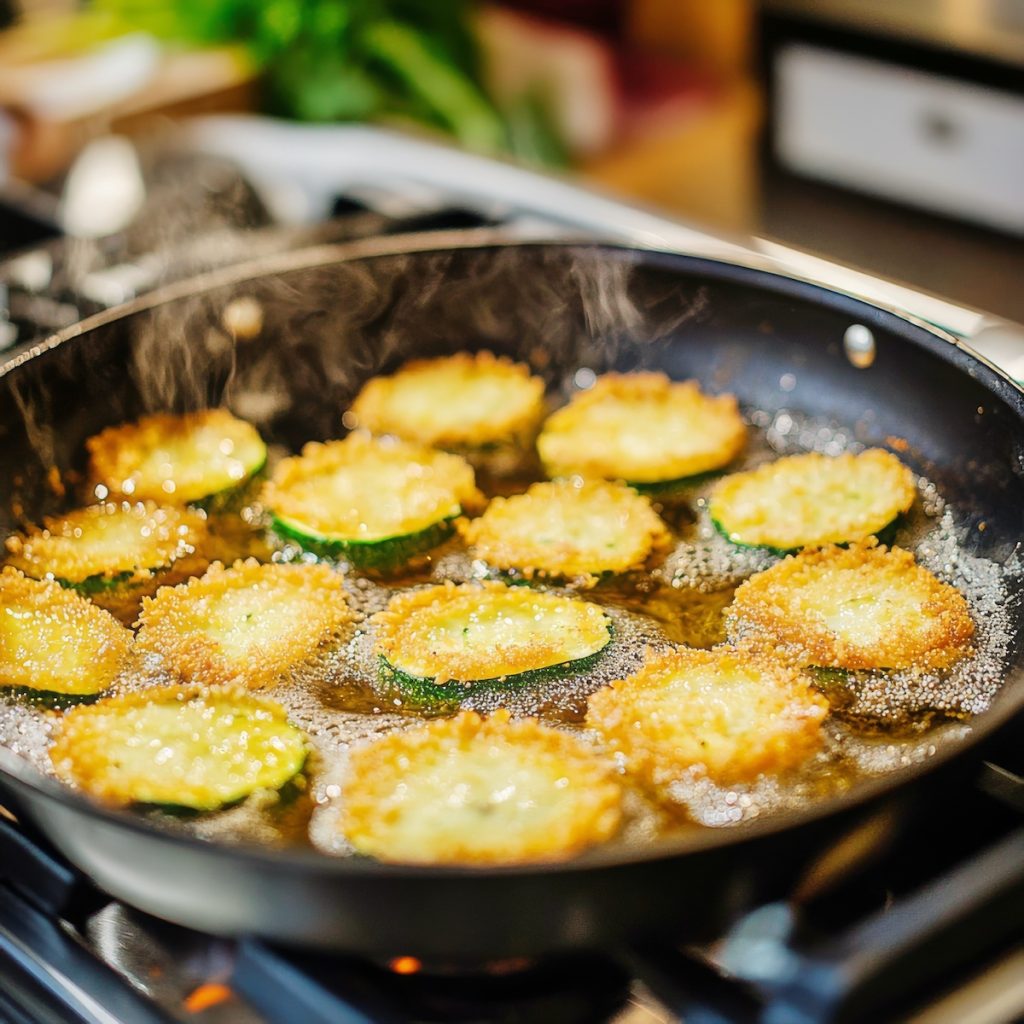
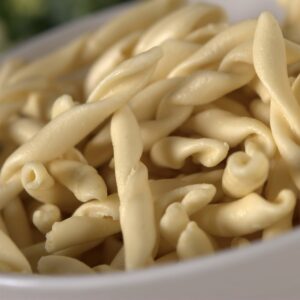
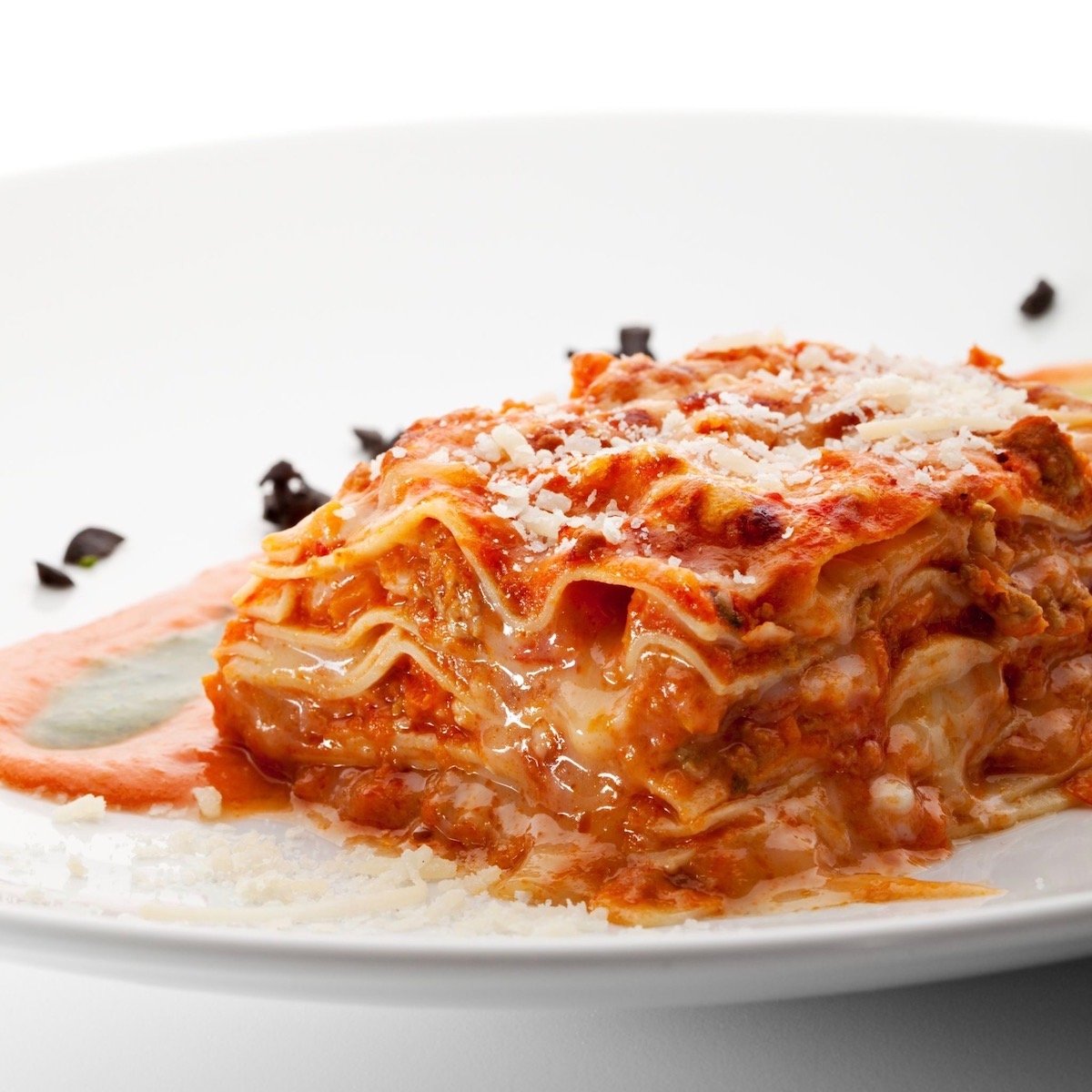


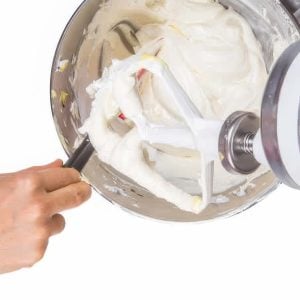
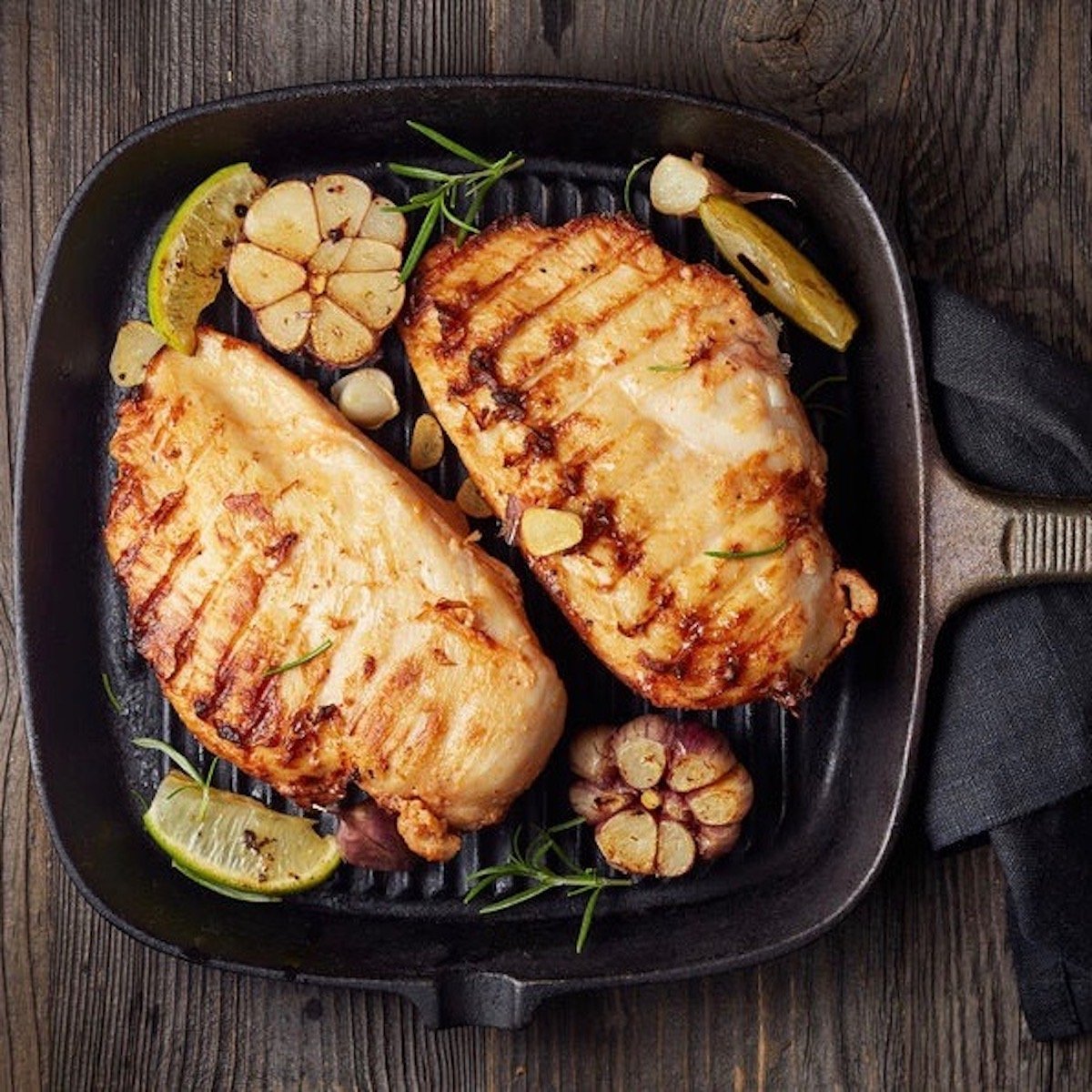

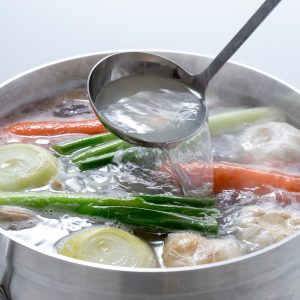
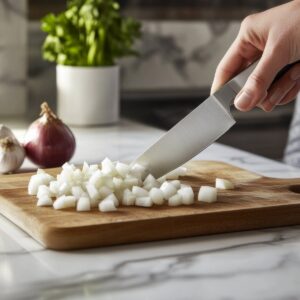





8 Responses
For the coating to stay on the vegetables, refrigerate them for an hour,(longer even better). The batter will stay on the veggies when you saute them.
this sounds good. I think I would dredge in the buttermilk first and then coat with the flour or cornmeal.
I would use a touch of beer to fluff the batter. Makes it a lighter crispier coating.
I just fried a batch of Zucchini and squash and it turned out great. I mix 50/50 flour and cornmeal for the dry dusting. Salt and pepper to taste. I mix 2 parts cornmeal i part flour add 1 egg and milk to create a wet coating the consistancy of pancake mix. heavily dust with the dry then dip in the wet nand put in a medium hot pan or skillet with 1/2″ cornolla oil or peanut oil. I used a cast iron skillet. rotate when it gets to a nice golden brown. After removing from the oil, place them on a platter covered with paper towells and salt to taste while the surface is still wet. Eat plain or dip in Ranch Dressing. Enjoy and Good Luck
Along with other tips, specifically for zucchini I stab the slices (about 1/4 inch thick) with a fork to texturize the surface. Lots of little holes. Then I soak them in egg for a minute or so to let the egg penetrate into the zucchini. then they go in flour, back in egg wash, finish with panko. I rarely have problems with the batter sliding off with this method!
Thanks for your tip. Will have to give it a try.
Maybe doing breading is just not my game. I have tried no less than 100 different times to bread vegetables or chicken or fish or anything else and I would consider it to be no less than 100 times a complete failure, including trying to follow what was written here by the author and the commenters. Apparently, doing breading is just not my game.
Sorry to hear this Moondog. What exactly is happening?